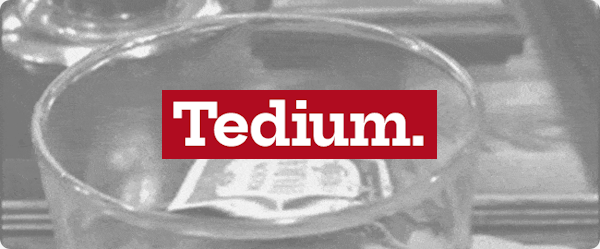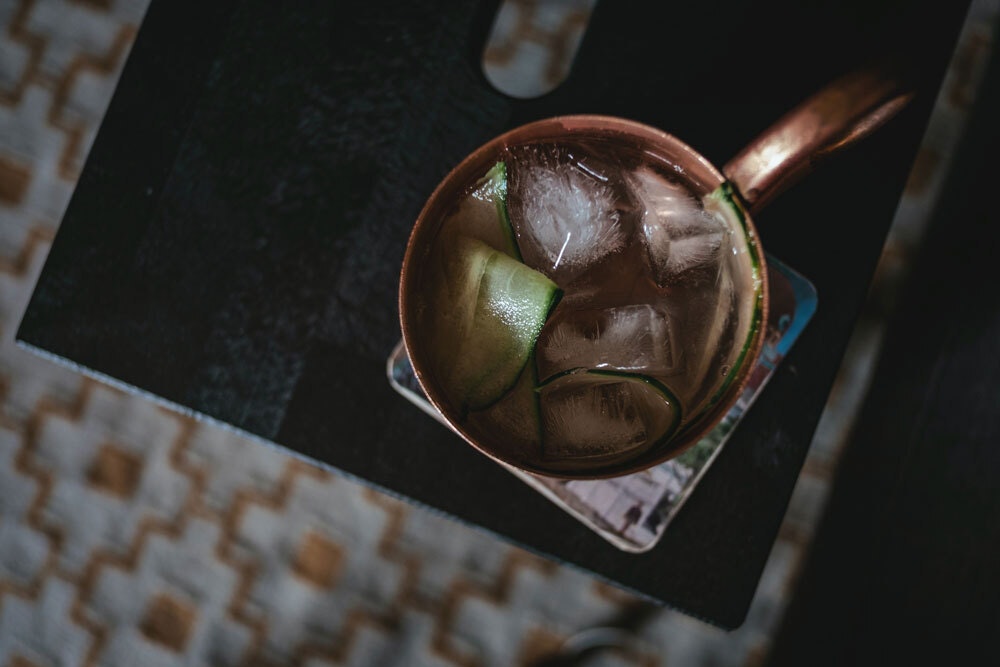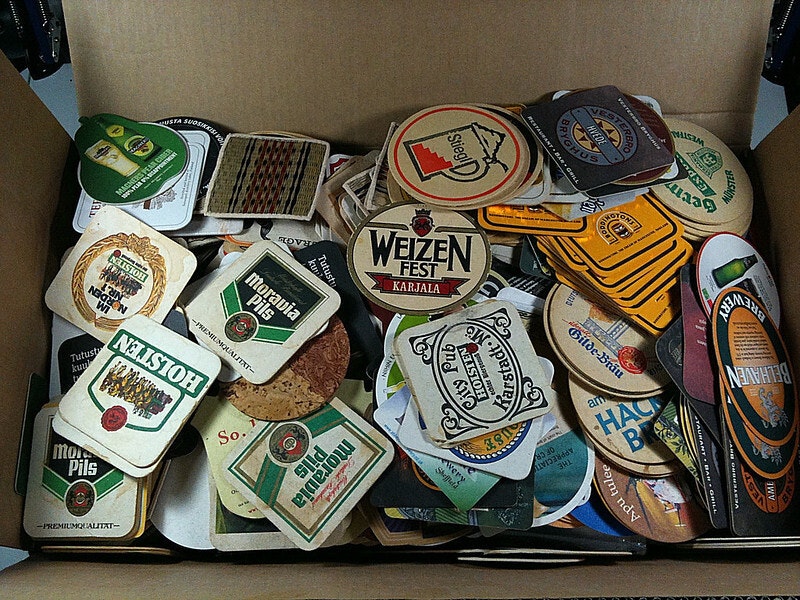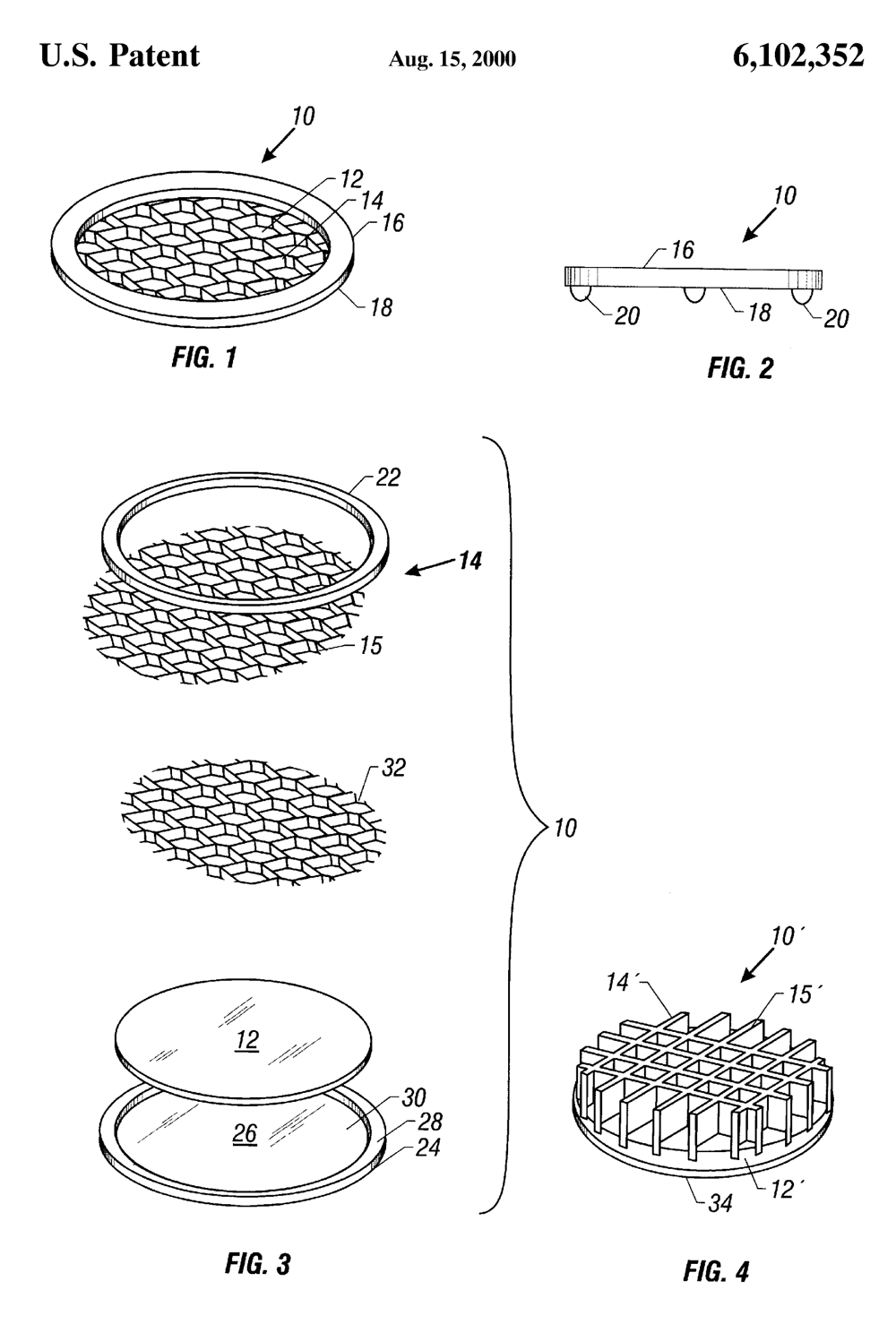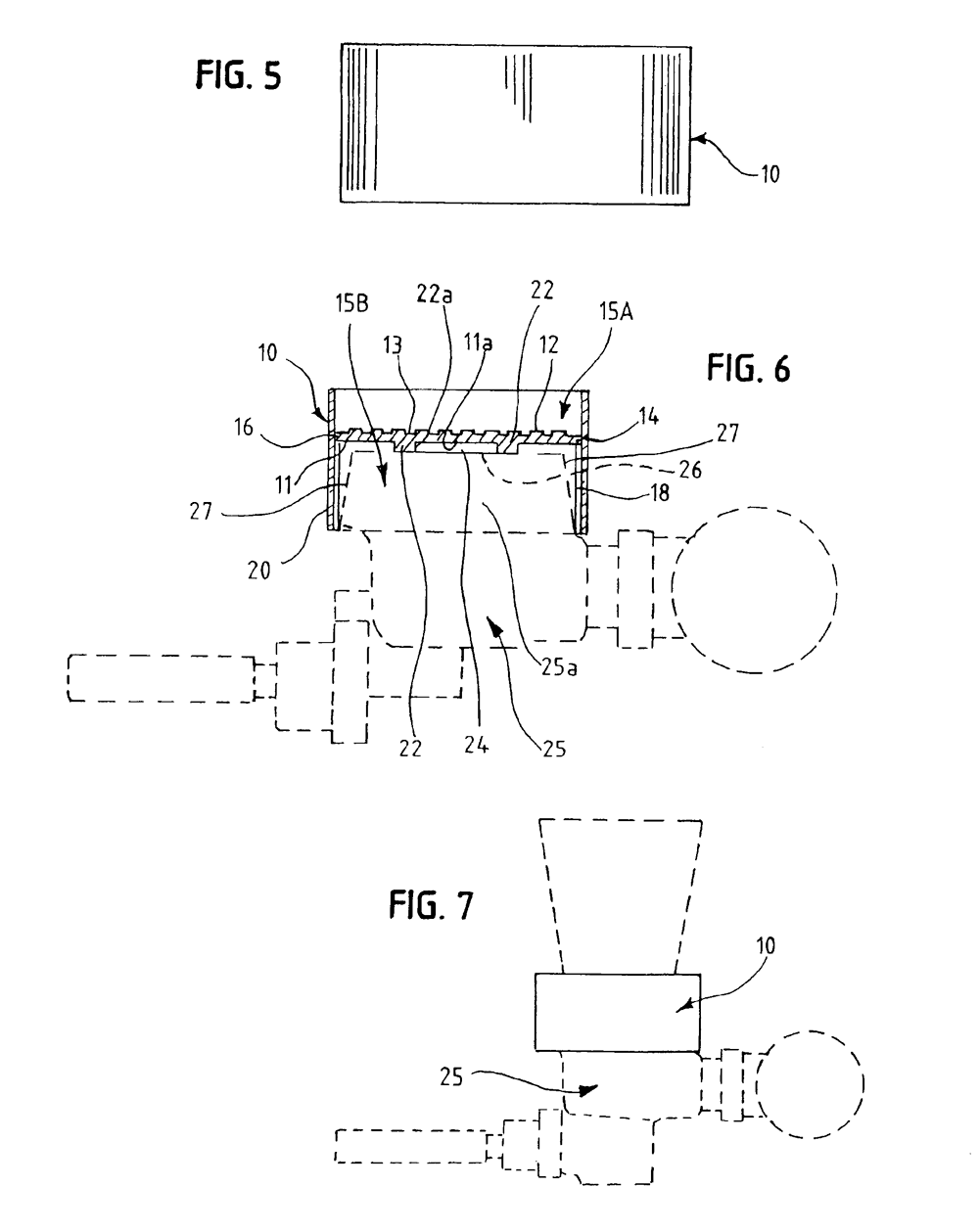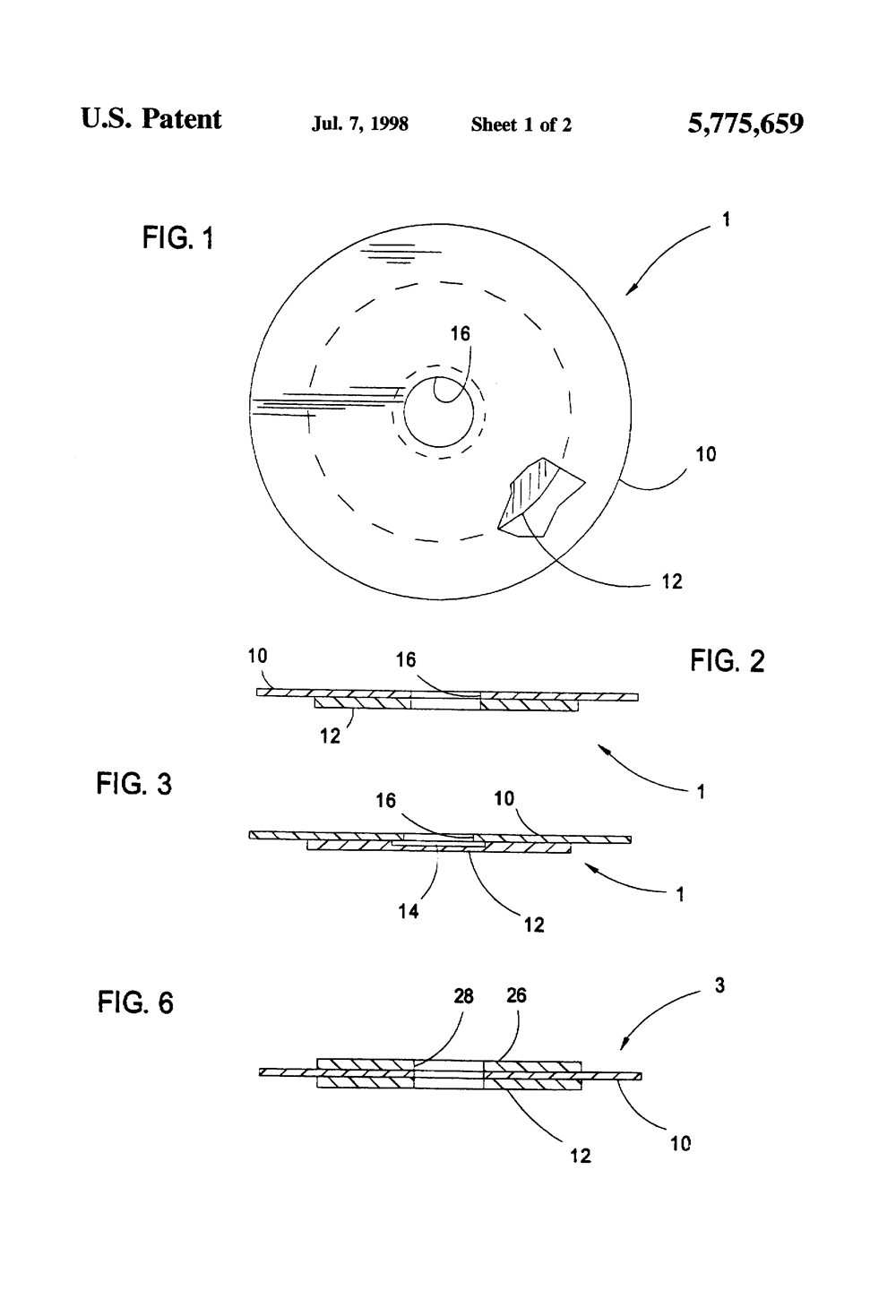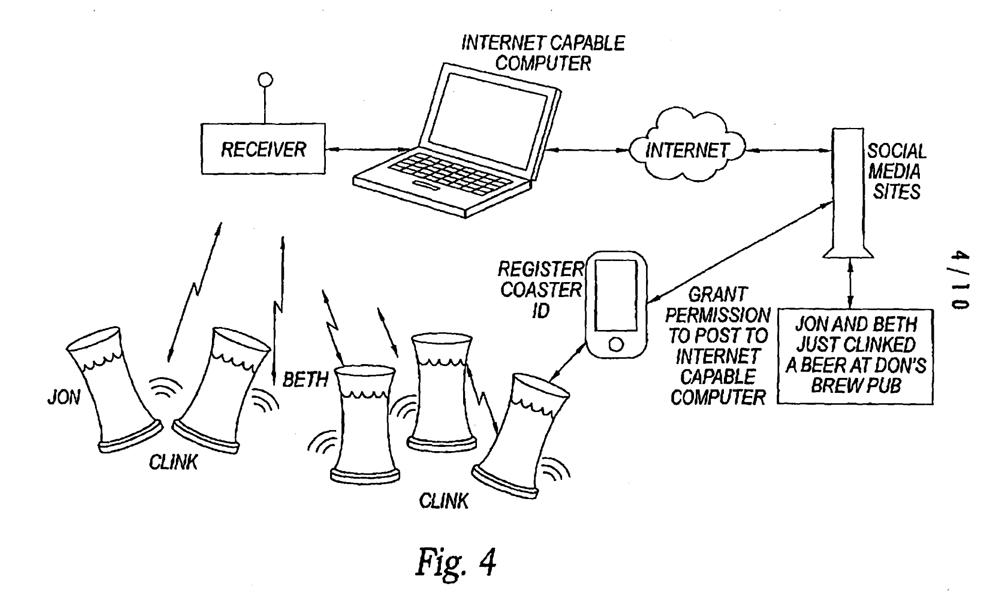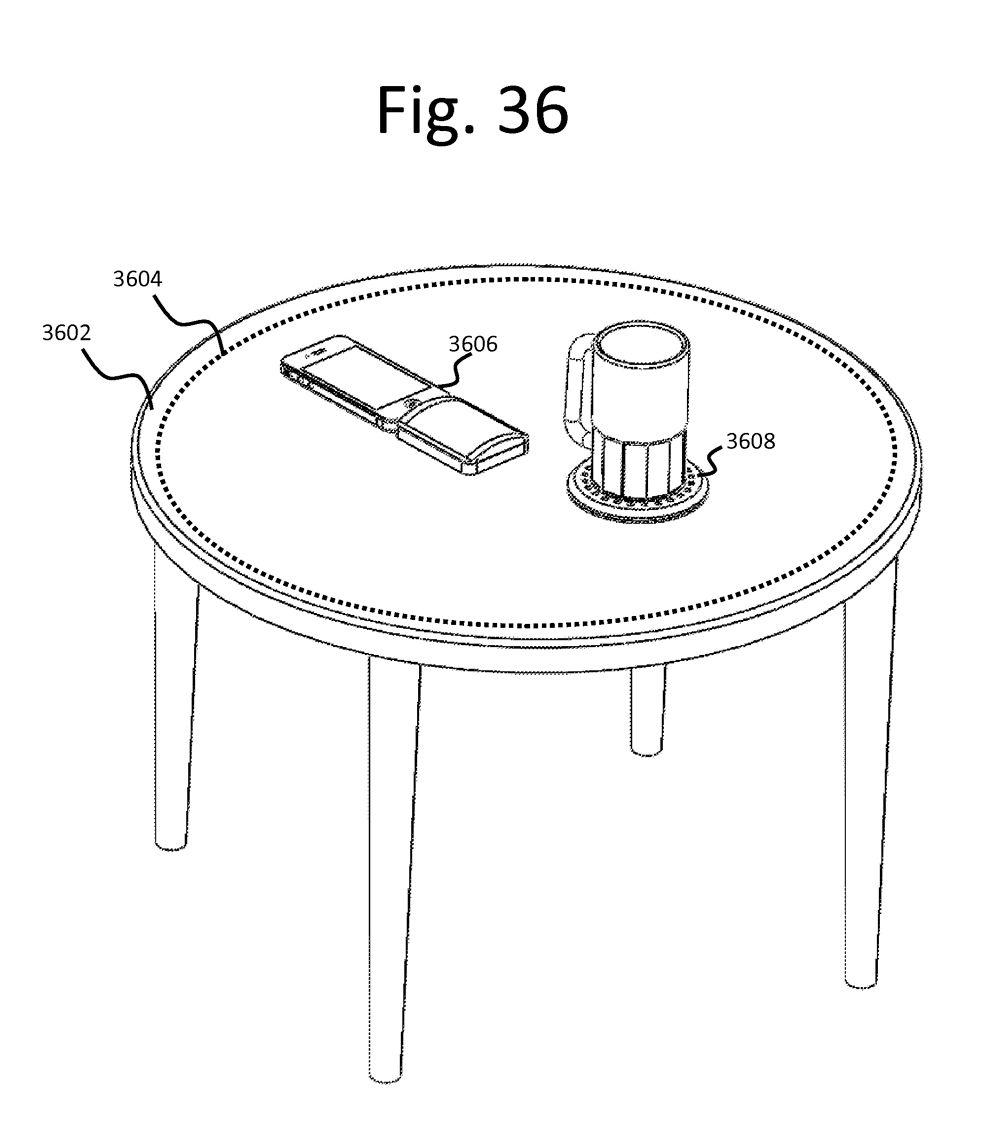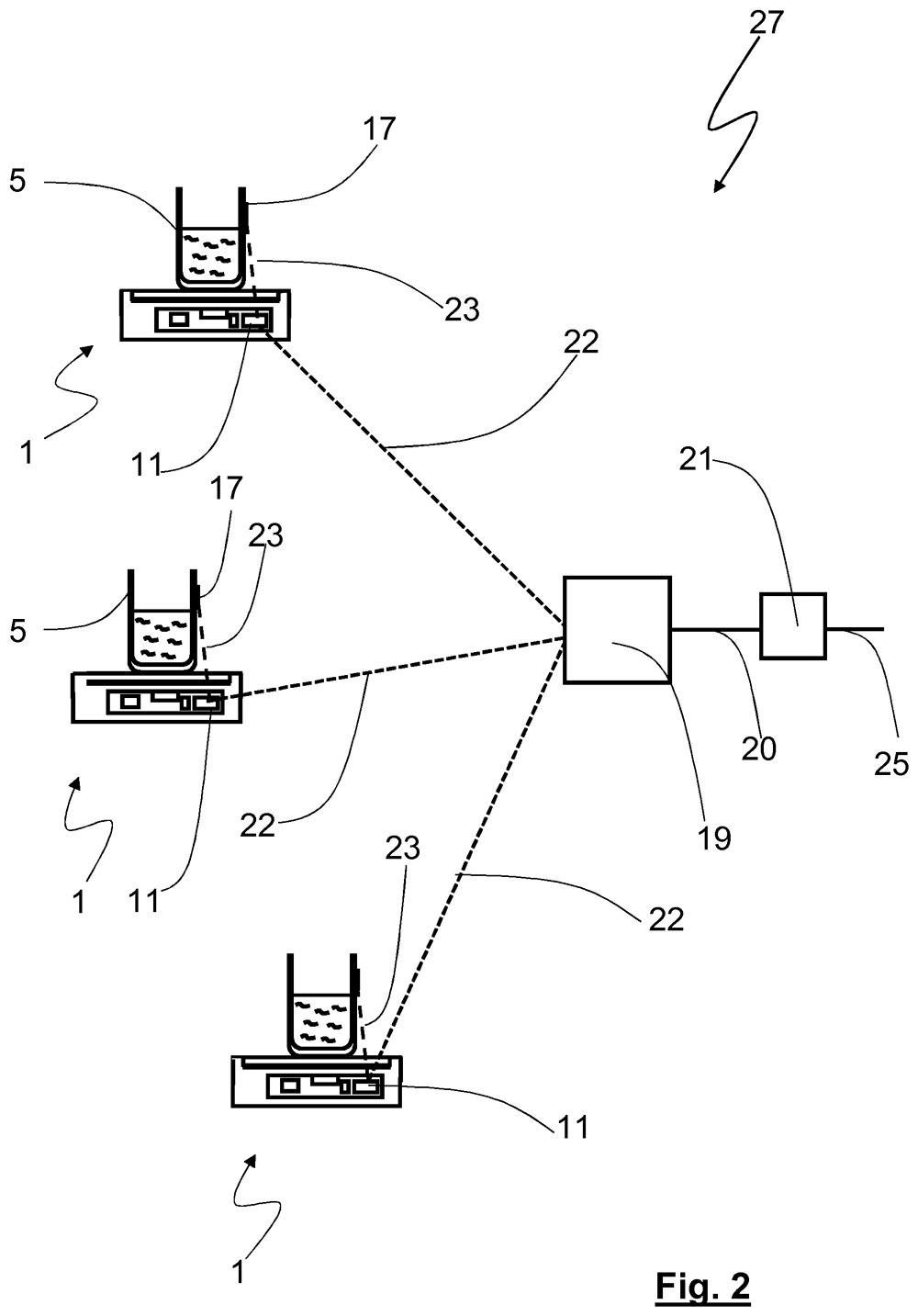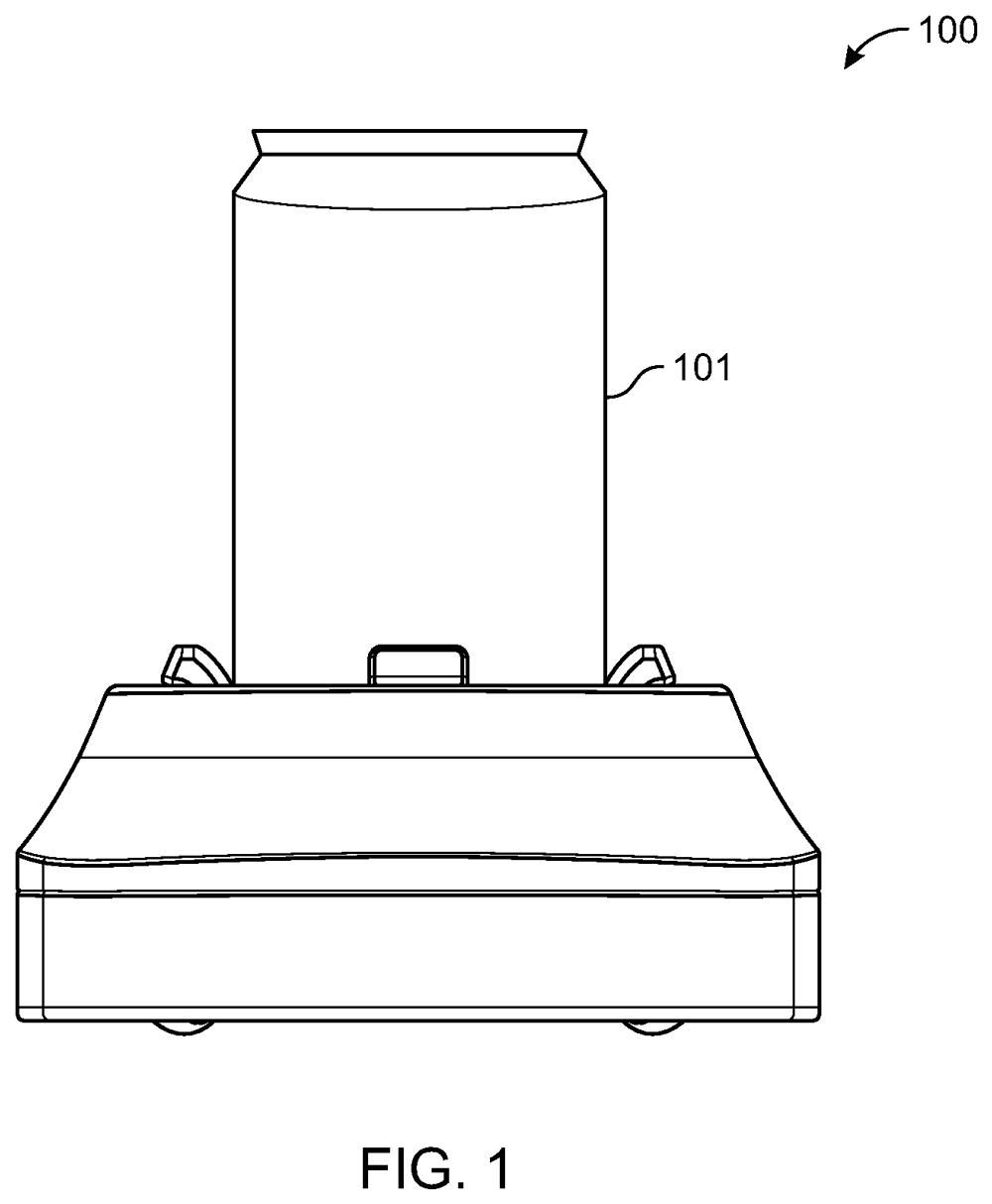A Moscow Mule on a drink coaster. (Alex Plesovskich/Unsplash)
The lineage of the modern beer coaster takes influence from a number of drink receptacles
What we think of today as the modern drink coaster borrowed concepts from a number of different areas, all of which came to prominence in the 17th and 18th centuries.
The first is the saucer. As the name of the small plate implies, it was originally used for sauces, but starting in the early-to-mid 18th century, it became more commonly used for tea cups, itself a concept imported from China as tea gained Western acceptance. (The cup’s handle is a Westernized concept; it originally came without one.)
Eventually, the saucer gained its defining characteristic, the small ring in the middle where the teacup goes, around that time. The way we used the saucer has changed during that time as well. For example, it was once customary to drink the tea from the saucer itself, rather than just from the cup, where it might be too hot to stand.
In fact, there’s a famous (and likely apocryphal) anecdote between George Washington and Thomas Jefferson that leans on this specific use of the saucer to explain why the United States needs a Senate:
“Why,” asked Washington, “did you just now pour that coffee into your saucer, before drinking?”
”To cool it,” answered Jefferson, “my throat is not made of brass.”
“Even so,” rejoined Washington, “we pour our legislation into the senatorial saucer to cool it.”
Next up is the aforementioned wine coaster, which works slightly differently from the modern coaster, and was largely intended to make it easy to move a wine bottle or decanter around the table without having to lift it. As a 1928 issue of Popular Science notes (crediting Washington for the invention), the device gained its name because of the fact that it has a roller at the bottom, which allows the device to “coast” along the table wherever the bottle is needed.
The third such object, called a beer mat, came about a century later, from Germany, where it was originally called a bierdeckel. According to the British Beermat Collectors Society, the object was originally produced in cardboard by a German paper mill called Friedrich Horn, and quickly innovated on by Robert Sputh, who produced absorbent pads not dissimilar to what you find today.
